Frequency counter - purpose, types, characteristics of use
To determine the frequencies of periodic signals, as well as to identify the harmonic components of the spectra, special radio measuring (and electrical measuring) devices called frequency meters are used.
Today there are two types of frequency counters according to the measurement method: analog (for direct frequency estimation) and comparison devices (which include: electronic counting, heterodyne, resonance, etc.).
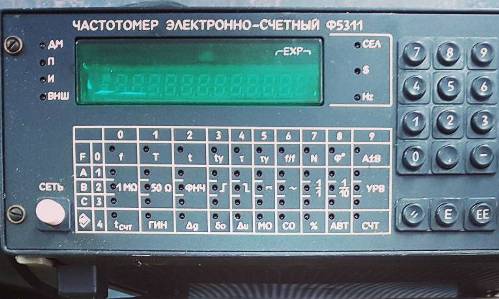
Analog are suitable for studying sinusoidal oscillations, heterodyne, resonant and vibrational - for measuring harmonic components of a signal, electronic counting and capacitor - for determining the frequencies of discrete events.
According to the type of construction, frequency meters can be mounted on a panel, portable or stationary - the type of construction depends on the field of application of a particular device.
Analog pointer frequency counter
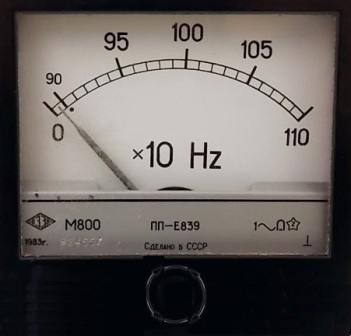
Analog analog frequency meter refers to electromechanical measuring devices and works on the principle of magnetoelectric, electromagnetic or electrodynamic system.
The operation of such a device is based on the dependence of the modulus of the impedance of the composite measuring circuit on the parameters of the current passing through it. The measuring circuit of the device consists of frequency-dependent and frequency-independent resistances.
So, different signals are sent to the arm of the proportional instrument: the measured current is fed to one arm through a frequency-independent circuit, to the other through a frequency-dependent circuit. As a result, the needle of the device is placed in such a position that the magnetic flows of currents through the two arms will find equilibrium.
An example of a frequency counter working on this principle is the Soviet designed M800 for measuring current frequencies in the range of 900 to 1100 Hz in the schemes of mobile and stationary objects. The power consumption of the device is 7 W.
Reed Reed Frequency Meter
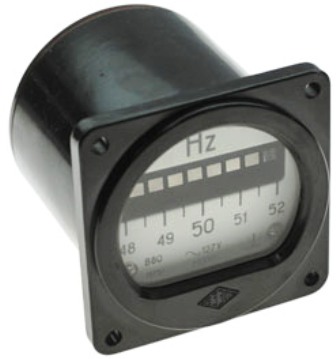
The reed frequency meter has on its scale a set of plates in the form of elastic steel tongues, and each of the reeds has its own resonant frequency of mechanical vibration. Resonant vibrations of the reed are excited by the action of an alternating magnetic field of an electromagnet.
When the analyzed current passes through the electromagnetic circuit, the tongue with the closest resonant frequency to the frequency of the current begins to oscillate with the greatest amplitude. The frequency of resonant vibration of each reed is reflected on the scale of the device. So the visual indication is very clear.
An example of a vibrating reed frequency meter is the B80 instrument, which is used to measure frequency in AC circuits.The frequency range is from 48 to 52 Hz, the power consumption of the frequency meter is 3.5 W.
Capacitor frequency meter
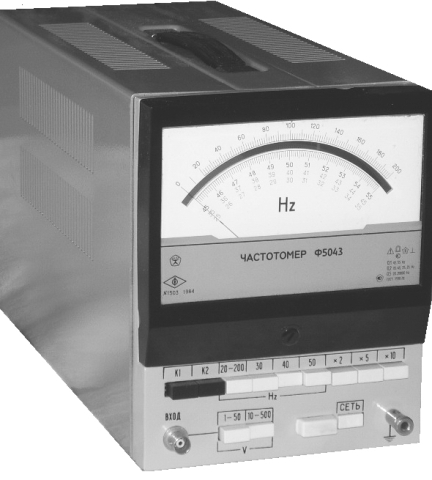
Today you can find capacitor frequency meters for ranges from 10 Hz to 10 MHz. The principle of operation of these devices is based on the alternation of the charging and discharging processes of a capacitor. The capacitor is charged by the battery, then discharged in the electromechanical system.
The charge-discharge repetition rate coincides with the frequency of the investigated signal, since the measured signal alone determines the switching pulse. We know that the CU charge flows in one duty cycle, therefore the current flowing through the magnetoelectric system is proportional to the frequency. Thus, amps are proportional to hertz.
An example of a capacitor frequency meter with 21 measurement ranges is the F5043 device used to adjust low-frequency equipment. The minimum measurable frequency is 25 Hz, the maximum is 20 kHz. Consumption of the device in working mode — no more than 13 W.
Frequency counter heterodyne
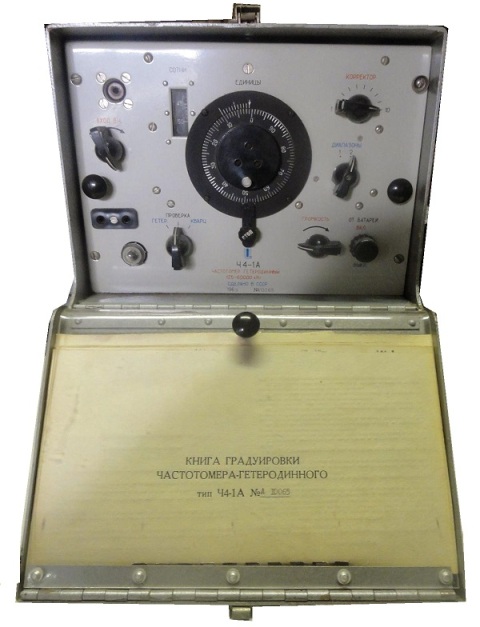
Heterodyne frequency meters are useful for setting up and maintaining transceivers, for measuring the carrier frequencies of modulated signals. The frequency of the signal under investigation is compared with the frequency of the local oscillator (auxiliary tunable oscillator) until zero rhythm is achieved.
Zero beats indicate coincidence of the frequency of the investigated signal with the frequency of the local oscillator. An example of a time-tested heterodyne frequency meter is the "Ch4-1 Wave Meter" tube, used to calibrate CW transmitters and receivers. The operating range of the device is from 125 kHz to 20 MHz.
Resonant frequency meter
The frequency of the tunable resonator is compared to the frequency of the signal being tested. The resonator is an oscillating circuit, a cavity resonator, or a quarter-wave segment. The investigated signal goes to the resonator, and from the output of the resonator the signal goes to the galvanometer.
The maximum readings of the galvanometer show the best match of the natural frequency of the resonator with the frequency of the signal under study. The operator controls the resonator with a dial. In some models of resonant frequency meters, amplifiers are used to increase sensitivity.
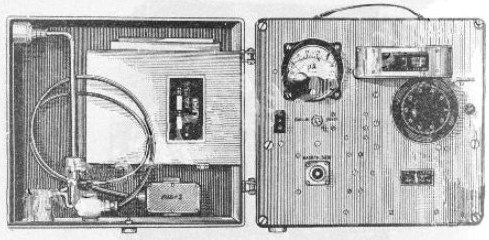
An example of a resonant frequency counter is the device Ch2-33, designed for tuning receivers and transmitters with frequencies of continuous and pulse modulated signals from 7 to 9 GHz. The consumption of the device is no more than 30 watts.
Electronic frequency counter
An electronic frequency counter simply counts the number of pulses. The counted pulses are formed by the input circuits from a periodic signal of arbitrary shape. In this case, the countdown interval is set based on the crystal oscillator of the device. Thus, the electronic frequency counter is a comparison device whose accuracy depends on the quality of the standard.
Electronic frequency counters for counting are very versatile devices, they differ in wide measurement frequency ranges and high accuracy. For example, the measurement range of the Ch3-33 instrument is 0.1 Hz to 1.5 GHz, and the accuracy is 0.0000001. Available measured frequencies increase to tens of gigahertz due to the use of dividers in modern devices.
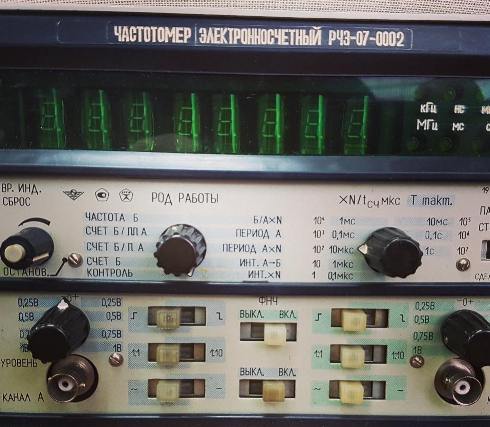
In general, electronic frequency counters are the most common and sought-after professional devices for this purpose.They allow not only measuring frequencies, but also allow you to find both the duration of pulses and the intervals between them, and even calculate the relationship between frequencies, not to mention counting the number of pulses.
